Learn how to memorize music faster with this easy routine.
Do you struggle to memorize sheet music? Do you get overwhelmed with the number of notes, fingerings, and bowings to remember?
It’s time to change that!
Here is an easy routine I use to memorize music after struggling with the same issue myself. When I was younger, it was easy for me to memorize the short pieces I played without a special routine. However, the longer I played, the more complex the pieces, bowings, and fingerings became to remember. It was pretty frustrating to me to realize that I couldn’t remember the pieces anymore by heart.
That is why I realized I needed to create a routine for myself that I could use to memorize music. I asked all my musician friends how they memorize their music and based on their answers, I created a routine with all elements that worked best for me.

This routine can help musicians at all skill levels to memorize their music with more ease. Whether you’re just learning how to play an instrument or trying to advance your skills, this article will feature some memorization techniques that can be useful for anyone. Moreover, my memorization routine includes strategies that help you learn the music faster and more efficiently.
Let’s start memorizing music!
How to Memorize Music: A Step-by-Step Memorizing Routine
Below is the routine I created for myself. There are only a few steps involved, so I hope it helps you memorize music faster and in a deeper way!
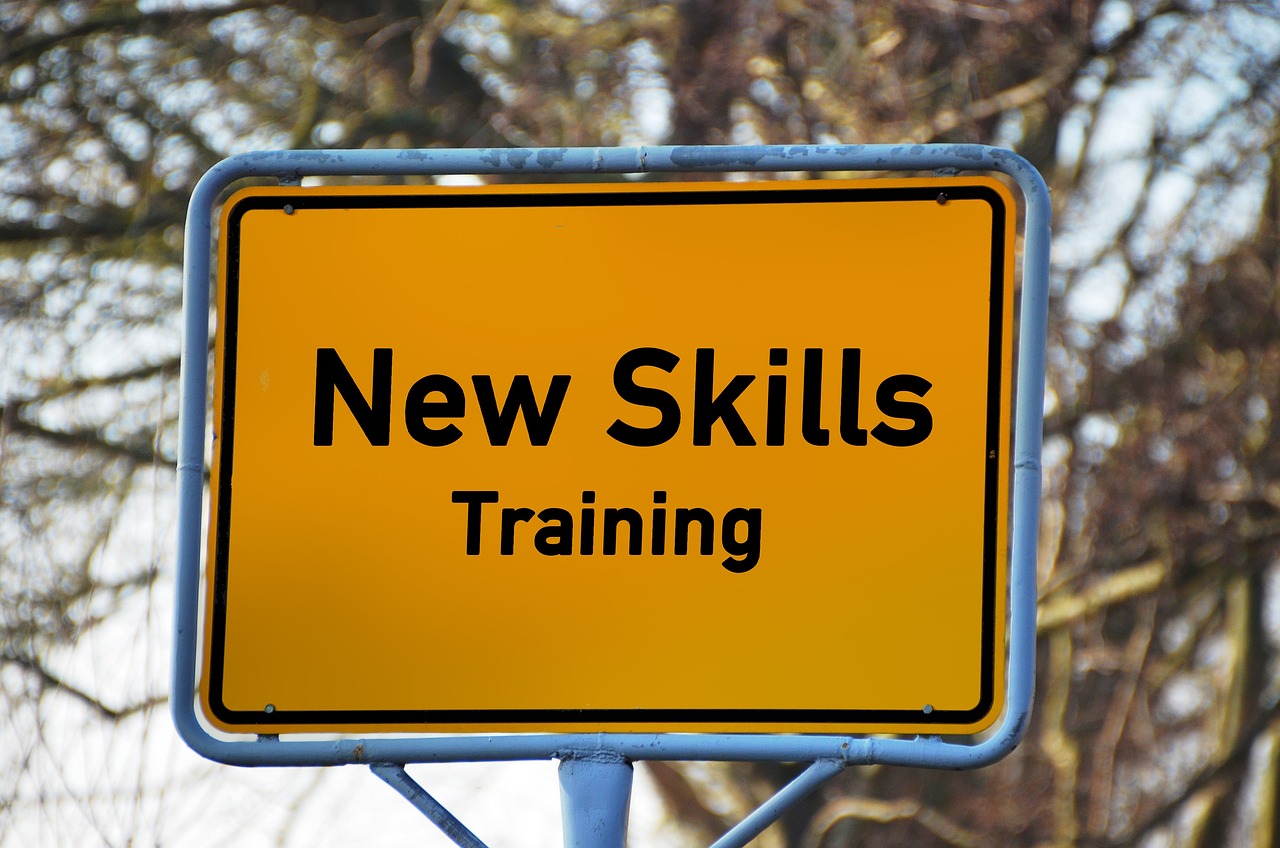
Step 1: Play and listen to the piece
Being familiar with your music is important before memorizing it, so you should already be able to play the music before you start to memorize it. For me, memorizing music is the last step I take in learning a piece of music; I save it for the very end, once I’ve learned everything else that I can.
Another very helpful pre-memorization activity is listening to your song. It can be helpful to listen both actively and passively: sometimes, listen very closely to the music and try to hear every detail. It can also help to listen passively, where you’re not always paying attention. This can be an easy activity to do while you’re doing something else, like computer work or driving.
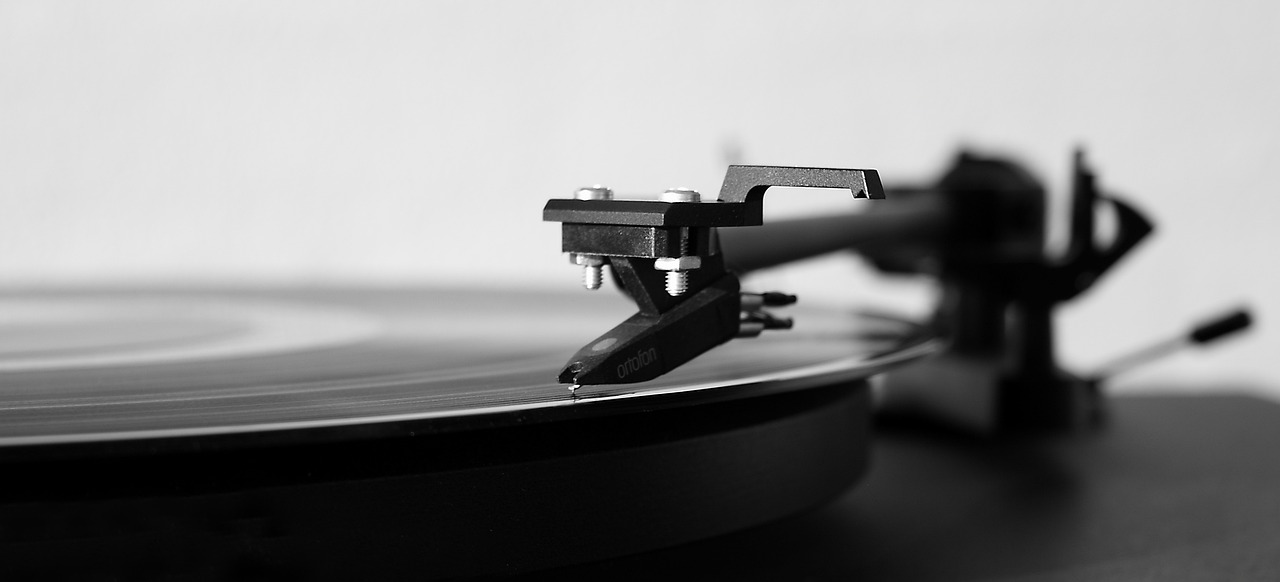
The more time you spend around the music you want to memorize, the better! You’ll find that memorizing is easier when you have a deep knowledge of the source material. Give yourself a good foundation, and everything will be just a little simpler.
Step 2: Study the details
Next, take a look at the details in the sheet music. Examine the notes and rhythms to be sure that they’re written exactly as you thought.
Then go into the finer details, like fingerings, bowings, dynamics and articulations. All of these directions help you play the music as the composer intended and are important components of the music itself. Many of us forget these details as we begin memorizing, and our performance is lacking because of it.
One of the best ways to look through your music without getting distracted is by doing something called score study. This is where you listen to a recording while reading your sheet music. Listening to your music with the score can help you gain a deeper understanding of what’s written on the page, and if you’re paying very close attention, you might even notice differences between the recording and your sheet music!

Step 3: Find similarities
In many pieces, you’ll find a few sections that are similar and some that are different. Find all the similar sections in your music. Are they exactly the same? Are a couple of notes different? Take note of these details, and you can even mark them in your music.
If two sections are essentially the same, you only really need to learn it once, and just insert that section wherever it’s needed.
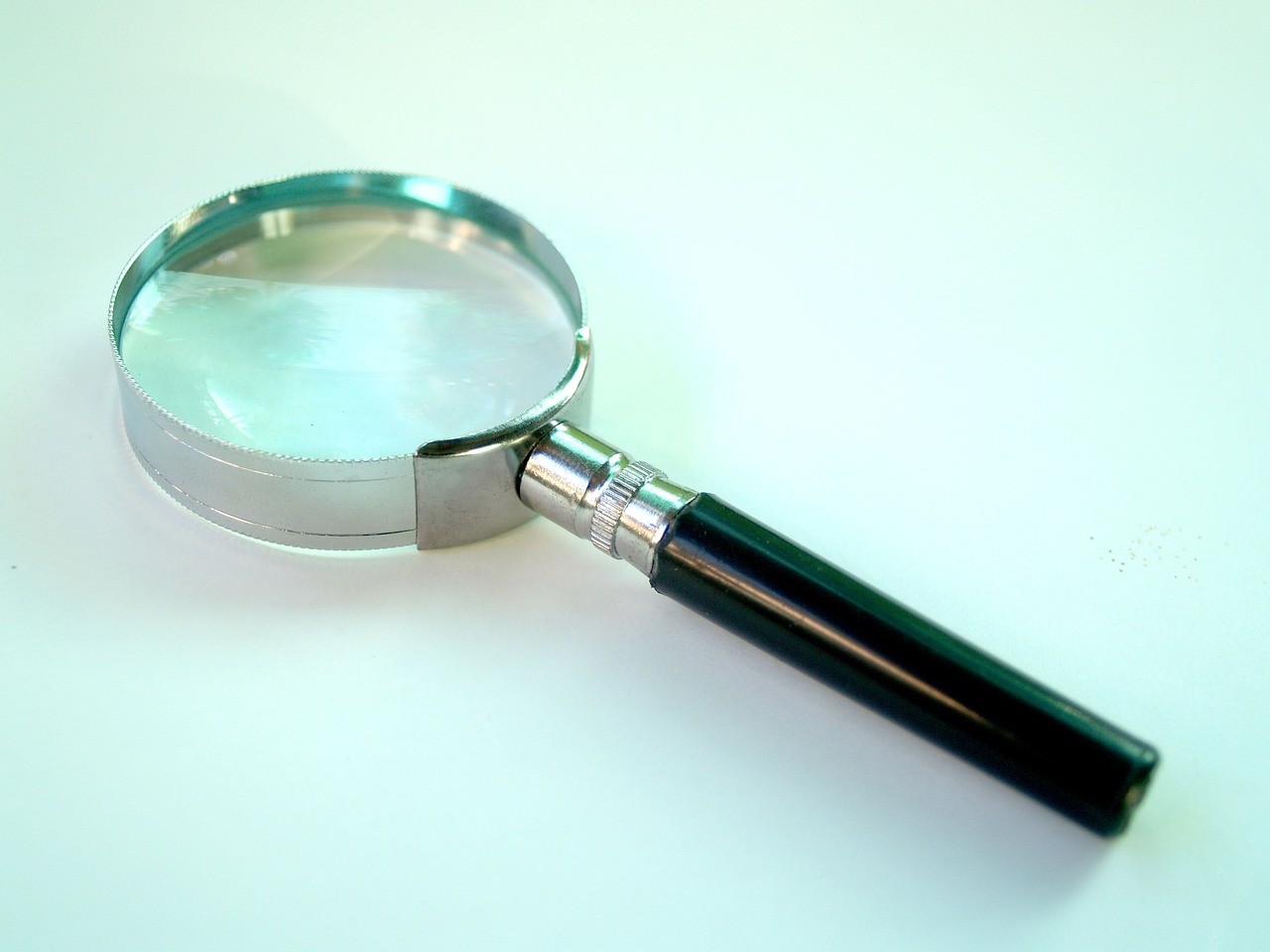
Finding patterns that pop up through different sections of the music is a helpful strategy to memorize it. Look for patterns like similar bowings or slurs, repeated notes, or even scales. Latching on to these small musical ideas can help you learn muscle memory just a little quicker.
Step 4: Find differences
Now focus on the “different” spots. Are any of them related to other sections? Mark where these spots begin and end. Phrases (small sections or ideas in music) are often presented in a “question and answer” format. Two phrases might start the same way, but end differently. Being aware of what’s the same and what’s different between them is so helpful!
Even giving a name or label to different sections in the music will help you identify them and put them in order when you don’t have the sheet music in front of you.
One of the most common mistakes many of us make when we play by memory is forgetting what comes next, or, even worse, how the music ends! Giving each section of the music a name and knowing the order will help you progress through the music in the right way when you’re playing under pressure and are more likely to forget notes and passages.

Step 5: Start memorizing
Now it’s time to begin the real memorization process!
I start with just the first measure. First, I play it by reading off the sheet music. Then, I try it without. I repeat the process as many times as needed until I’m sure I know it by memory. Then I do the same thing with the 2nd measure. First I play it with music, then without, back and forth as many times as I need until I have it memorized.
Next, I put those two bars of music together by memory, and I practice that as much as I need until I feel very confident.
I repeat this process (learn a measure, add it to the rest) until I’ve either gone through the whole piece/passage or until I’ve run out of time for the day.
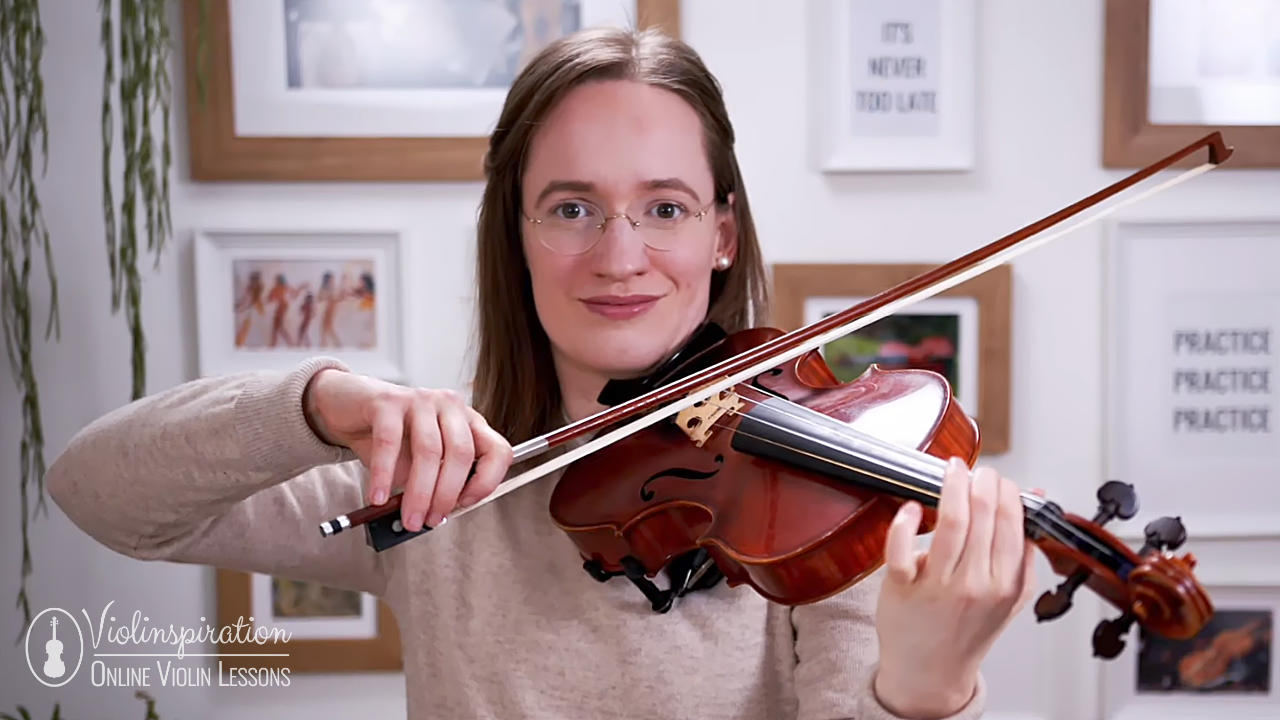
This process requires a lot of repetition. Repetition is great for both muscle memory and brain memory. The more you play it, the more likely your brain and your hands will remember it. Any memorization technique you try will involve frequent repetition because it’s so good for memorizing music.
You may find you forget a few details day by day. You might need to backtrack a little on each new day you practice until every bit of the piece is solidly memorized. It’s totally normal to forget a few details here and there as you go through and learn more and more music. Be patient with yourself, and repeat these steps as much as you need.
Step 6: Put everything together
Put your small memorized chunks together and begin playing the full piece of music by memory. Just like in our last step, you might need to backtrack here and there to gain confidence through the entire song.
Your memorization might feel different on each day you practice, and that’s okay. Go back to step 5 and play alternating with and without your music page. You could go measure to measure, phrase to phrase, or section to section: whatever size chunk of music you’re comfortable putting together works fine!
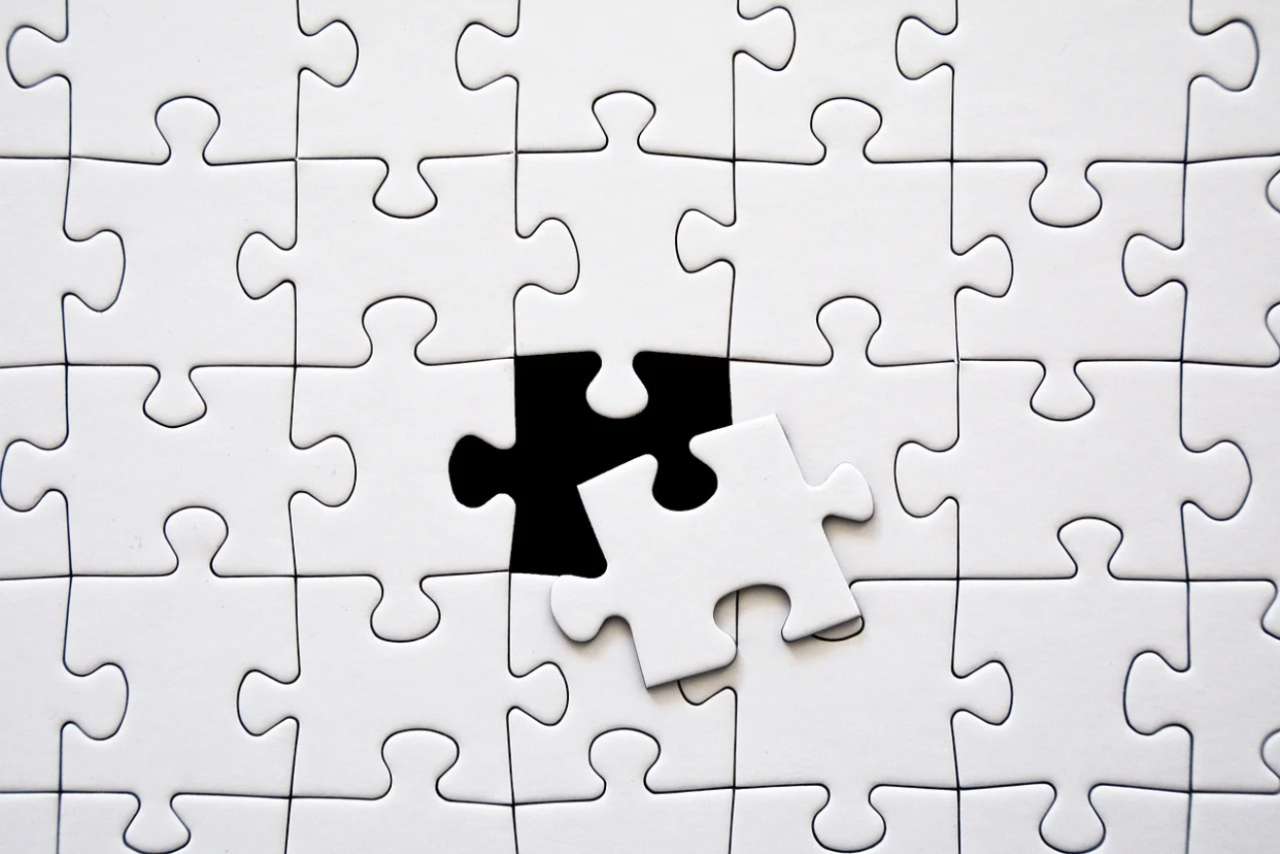
Once you’ve put everything together, practice the whole piece by memory often. The more you play, the more likely you are to remember every detail and master your memorization!
9 Tips for Memorizing Music
Aside from my personal routine, let’s talk about other strategies to memorize your music.
1. Listen to your music often to remember the sequencing
Listening to your music, both with and without the music sheet helps a lot of us musicians memorize our music faster. Remembering exactly what the notes sound like and what you want to create helps you remember the order the music happens. You’re less likely to lose your place in the music while playing by memory if can hear the whole thing in your mind.
2. Repetition is key for muscle memory
The more you repeat practicing your song, the better your hands will remember what to play, and when.
I know recommending repetition sounds like a very basic tip, but it’s one of the most useful things you can do when memorizing a piece of music!
3. Practice without your violin
Try “air playing” your music without your instrument. This might sound like a weird tip, but it’s been shown that imagining yourself playing (including all the little details in your technique) is almost as effective as practicing with your real instrument.
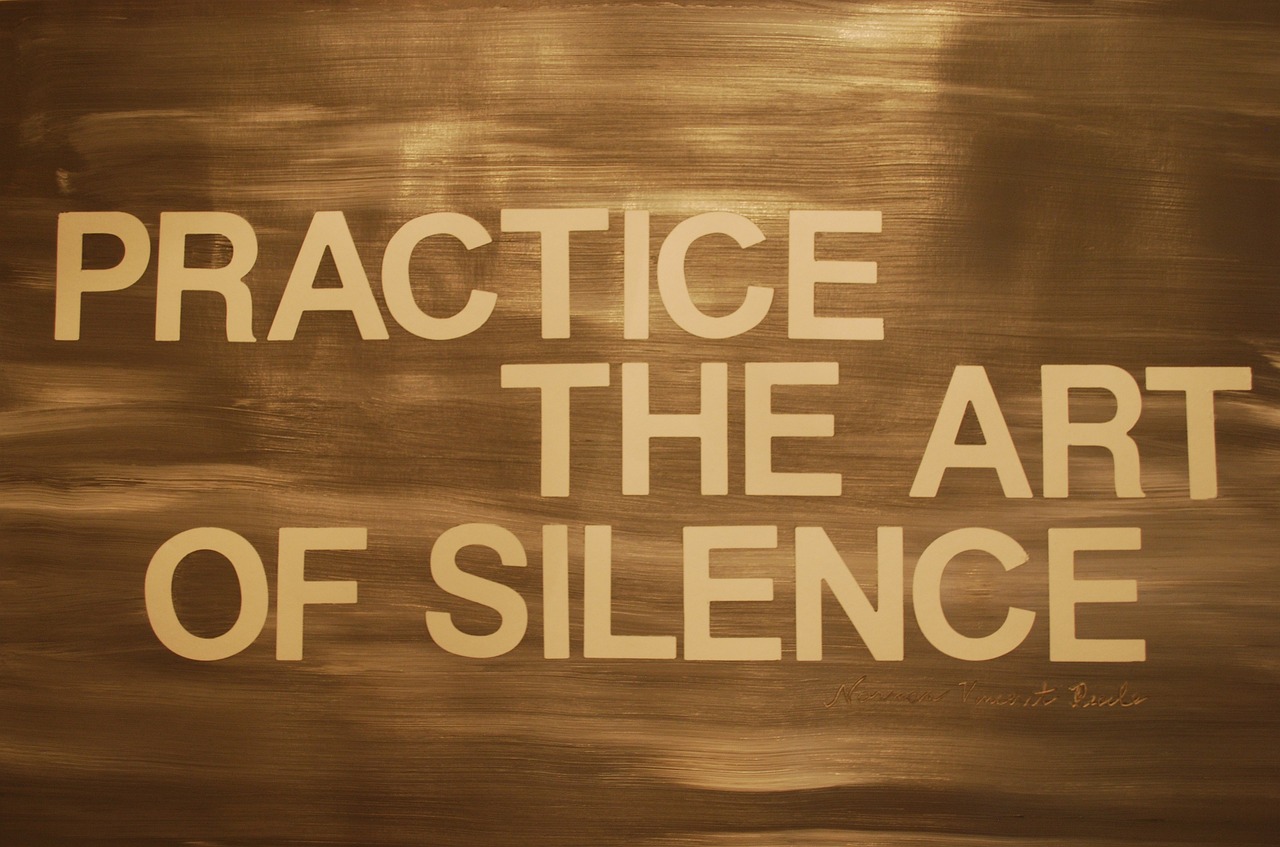
You can try this both with and without reading off your music, but I think it’s the most helpful without. This really tests that you know exactly where each and every note is on your instrument without actually hearing any feedback.
This is a little harder to do than it may seem! If you’re having trouble with this technique, try it while both reading your music and listening to it. Then take away one of them, then both.
4. Start practicing from a different place each day
Try starting the piece of music from a different spot each day that you practice. This strategy is helpful both while you’re still reading your music page, and once you’ve started playing it by memory.
If you only practice your piece by starting at the beginning each and every practice day, you might find that when you get stuck, you only know how to start from the beginning. When you perform from memory, you’ll want to be able to start from any place in the music, in case you get lost and need to pull yourself back on track.
While learning to memorize the way I suggested in this article, you might want to practice step 5 from different measures each day. For example, on day one you might start with measure 1 and finish around measure 12. The next day, maybe start at measure 11 and continue forward. Then experiment with putting the two sections together.
5. Practice memorizing music both backward and forward
Another helpful strategy for memorizing music is putting measures together from the end to the beginning, rather than beginning to end. You can use the same process I described above but just go backward through the music instead.
Many of us, when we learn music, spend a lot of time on the beginning of a piece, and not as much, or even not enough, on the middle and end. Memorizing backwards will give you different strong points, and might help you learn solid “starting points” to fall back on if you have a memory slip on stage.
Learning backwards, or even putting memorized phrases together from end to beginning can be a great technique to use if you want to change things up!
6. Practice playing by memory while under pressure
When we perform, we’re almost always nervous. Playing by memory under pressure is usually a lot more difficult than just playing memorized music at home by yourself.

A strategy to combat this is to make yourself feel under pressure while you practice performing. One way to create this feeling is to get your heart racing. Do some light exercise to get your heart rate up right before running through your memorized music. Does anything feel different? Is it any harder to recall what exactly to play?
You can also practice performing for just one or two people at a time. If you live with someone, play for them by memory. You could even make a party out of it by inviting a few friends over to listen to you play! You can also take part in an online recital with a group of eager violin adult beginners – Julia’s Violin Academy students only.
7. Sing through your music
Another piece of advice that works for a lot of musicians is singing through the piece you want to learn by memory. Just like listening to the music and air playing, this is another technique that helps you internalize the music and remember its sequencing.
If singing the song by yourself feels too difficult, try singing along with a recording first, and then try on your own. Singing comes more naturally to a lot of us than playing the violin does; so this is a great way of testing your memory before practicing on your instrument.
8. Start practicing memorization with something easy
Try memorizing something easy before moving to the hardest piece you’ve ever learned. Test out the process and see what works and doesn’t work for you. It’ll be a lot easier to memorize something easy to play, and that you already know, than it is to memorize a more difficult piece that you’re not very familiar with.
9. Experiment with different memorization techniques
Myself and my friends have all gone through many different methods while trying to memorize music. I know my routine might not work for everyone, so experiment and take note of which tips work for you! You may even create your own unique method for memorization. Everyone’s mind works a little differently.
Learn Even More…

I hope my tips for memorizing help you master this valuable musical skill! I know that many musicians want to learn how to memorize music: it’s impressive and sometimes teachers expect it for performances. By creating a routine and having solid strategies in mind, you can memorize any song you want!
Need help finding your first song to learn to play by memory? Find free sheet music for 25 easy beginner violin songs here!
A few other related articles I think you might like are “10 Violin Practice Tips to Help You Learn Fast” and “3 Secrets to Look Professional as a Beginner Violinist.”
























